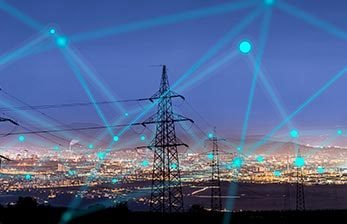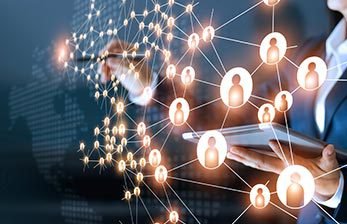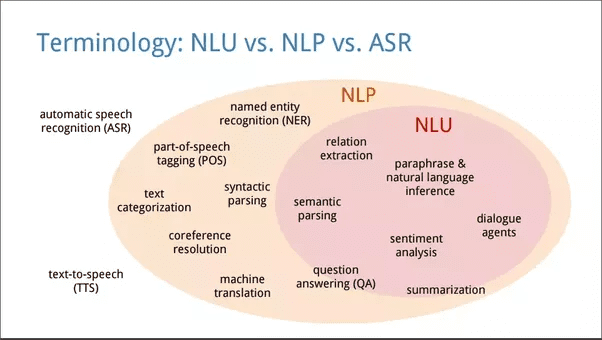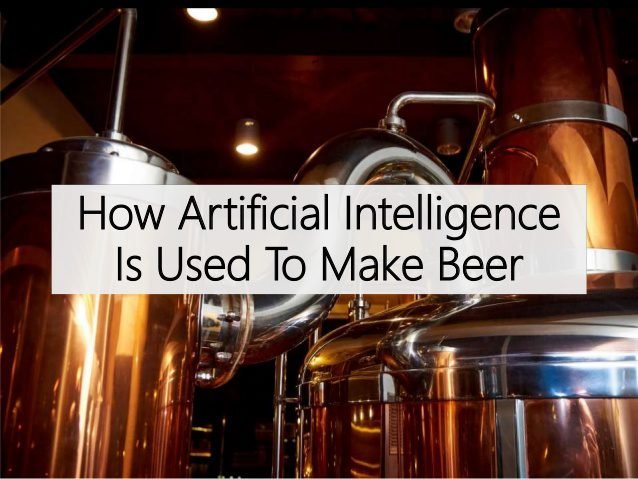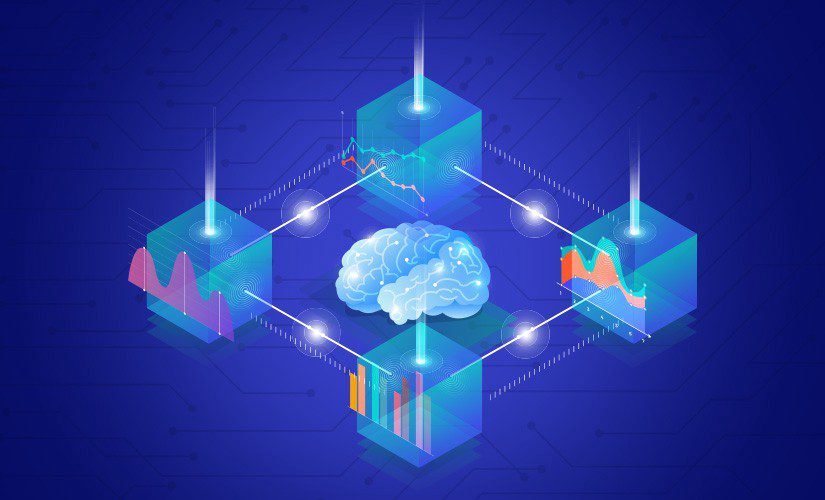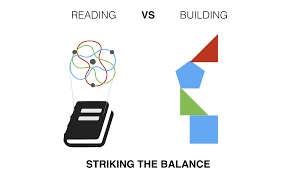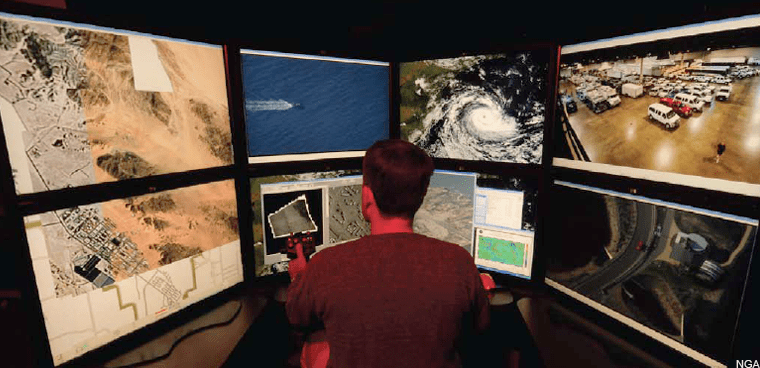In February 2019, Tristan Greene wrote an article in The Next Web and quoted an IBM research study that suggested that artificial intelligence could improve the taste of food by creating new hybrid flavors. It took a part of the Internet by storm, less for its clickbait headline and more for its actuality. Greene was writing facts when he began his article with this: “AI will soon decide what we eat”.
Let’s explore the what, the why, and the how. We are sure you already know the why so we’ll mostly skip it.
Artificial Intelligence + Food. Really?
That seems to be a sensible question but not a surprising one. AI and machine learning have already taken over the world with them influencing everything from blockchain to computer vision to chemistry. So why not food production?
Now IBM, other tech giants, and new startups are changing that by feeding AI systems millions of different types of data in the areas of sensory science, consumer preference and flavor palettes to help generate new or advanced flavours that can literally put your mouth on fire. Or make it drool all day. Or make even the most tasteless food taste like heaven. Kale and quinoa, anyone?
The food industry has already scrambled to use artificial intelligence and machine learning for its sake. Take, for example, the world’s first automatic flatbread-making robot called Rotimatic which limits user control to just putting the ingredients into the appliance. It does all the dirty work by itself and claims to bake hot flatbread in under a minute.
Not just kitchen appliances, the food that we eat and its ingredients are also being influenced by AI and other techniques even as we debate whether genetically modified food products are safe for human consumption. Researches involving changes in the cooking style, omission or replacement of certain ingredients, and others have all been suggested by AI-driven tools. While none of them have hit the shelves yet, this new tool by IBM looks like it’s just around the corner.
According to the study, IBM and a company pioneering in flavors and food innovation named McCormick & Company created a novel AI system whose aim is to create new flavours. Published in February 2019, the blog post promised that some of its findings will be available on the shelf by the end of the year. While it is September and we still wait, let’s have a look at the scope of AI in the food industry.
How Does AI Help Food Become Better?
To answer this question, Greene uses the analogy of Google Analytics tools. Publicly available data like recipes, menus, and social media content about these recipes along with trends in the food industry are fed to AI systems. These then generate fresh, actionable insights.
An example is a tool that can show restaurants what the most popular food will be every month for the next 12 months. If this is a possible scenario, the restaurant can prepare itself and maybe even surprise its customers into submission, eventually becoming popular and running a successful service.
The same goes for farming models where new techniques are needed to plant and grow more produce as the population gets out of the window due to lack of space. Everyone involved in researches dealing with AI and the food industry is positive about what can be done.
Existing data is of prime importance if such tools are to bear any results. In the above example involving IBM, the tool is able to create new flavors because of the existence of data on different flavours that we currently have. In a way, AI is only helping us discover flavors sooner.
AI Everywhere in the Food Industry
Till now, we spoke about the use of AI in farming, food recipes, and restaurants. But what about food processing? Media suggests that AI is everywhere – from its help in sorting foods to making supermarkets more super.
According to a Food Industry Executive, there are a lot of examples that highlight the significance of AI in the food industry. Some of them are listed below, thanks to Krista Garver:
- Food sorting – AI helps understand which potatoes (by their size and quality and age) should be made into French fries and which ones are suitable for hash browns or potato chips or some other food. This involves the usage of cameras and near-infrared sensors to study the geometry and quality of fruits and vegetables
- Supply chain management – This is obvious: food monitoring, pricing and inventory management, and product tracking (from farms to supermarkets)
- Hygiene – AI can detect if workers are wearing all the necessary equipment. Since AI tools are fed data about what constitutes 100% hygiene, they can constantly check the attire of workers and rate them on the basis of their current clothing. Is a worker not wearing a plastic hat? An alert goes to his manager
- New products – This is similar to the IBM example seen above. Predictive algorithms can be used to understand what flavors are most popular in people of certain age groups. Why do kids love Kinder Joy? What is or are the ingredients that make them go bonkers?
- Cleaning – This is the most promising one where ultrasonic sensing and optical fluorescence imaging can be used to detect bacteria in a utensil; this information can then be used to create a customized cleaning process for a batch of similar utensils.
Conclusion
It is mind-numbing (mouth-watering, too?) to visualize these products actually coming into form in a few years. Which is why there is no doubt that AI will revolutionize the food market. The only question that then remains: has the revolution already begun now that you can’t say no to a bunch of addictive products?

